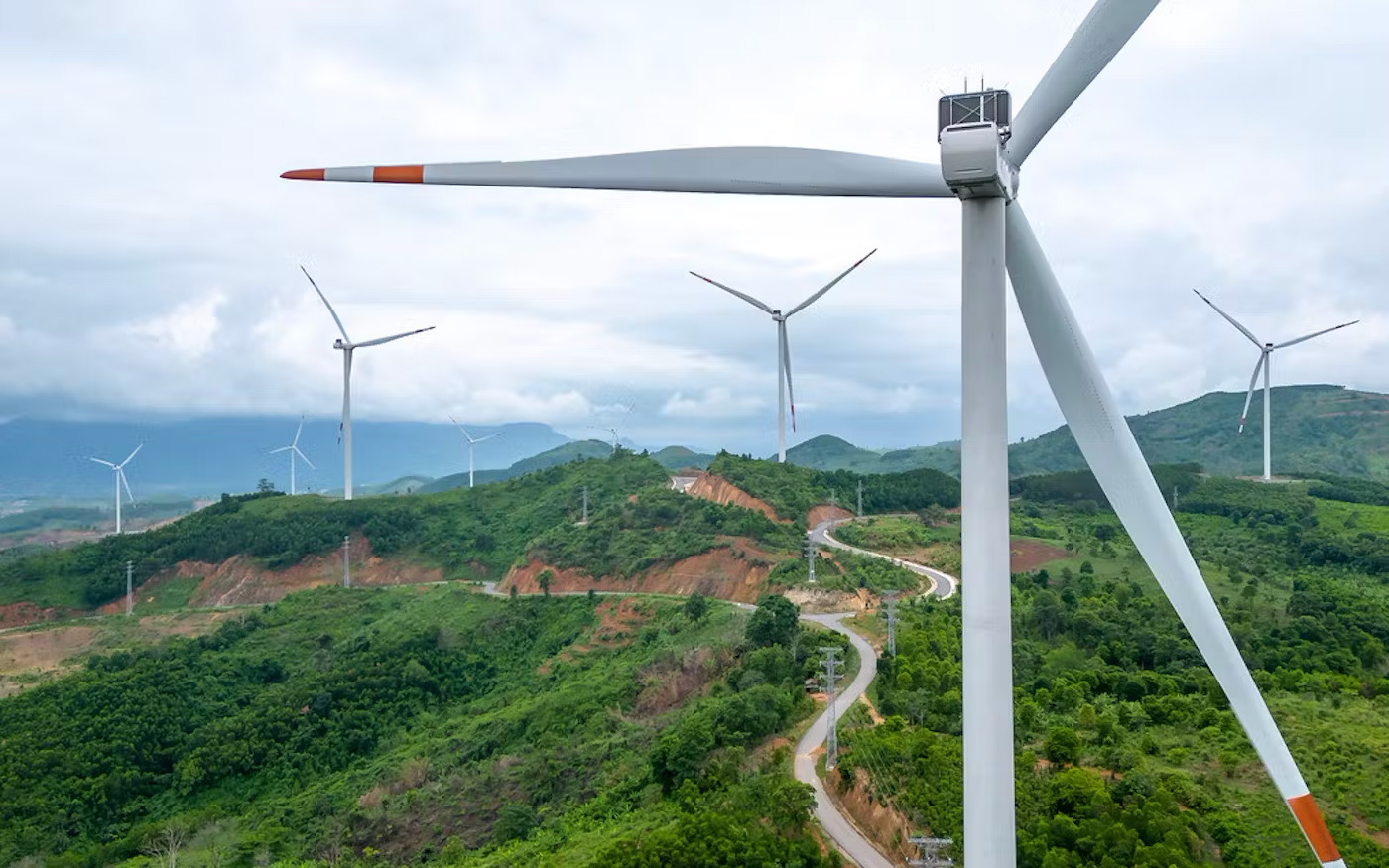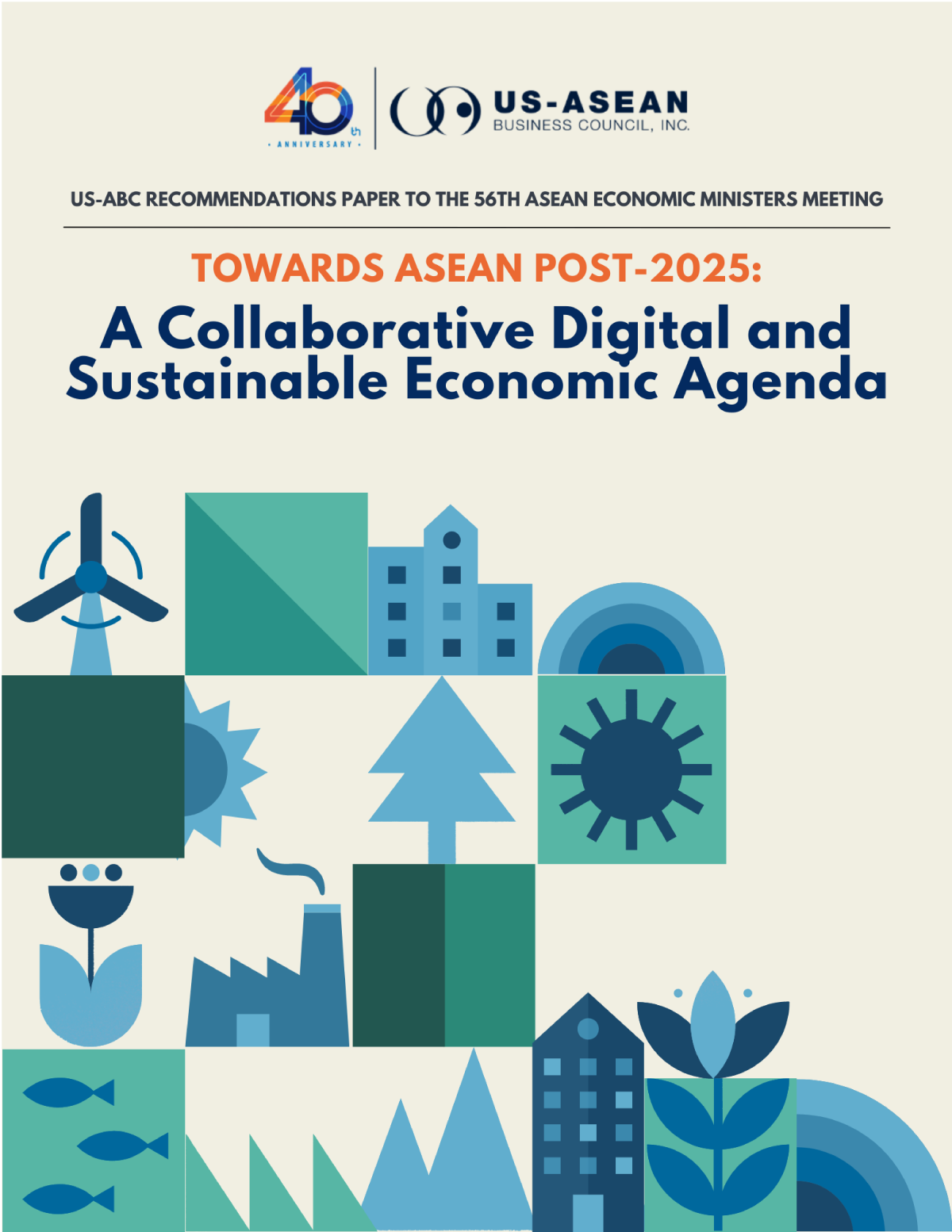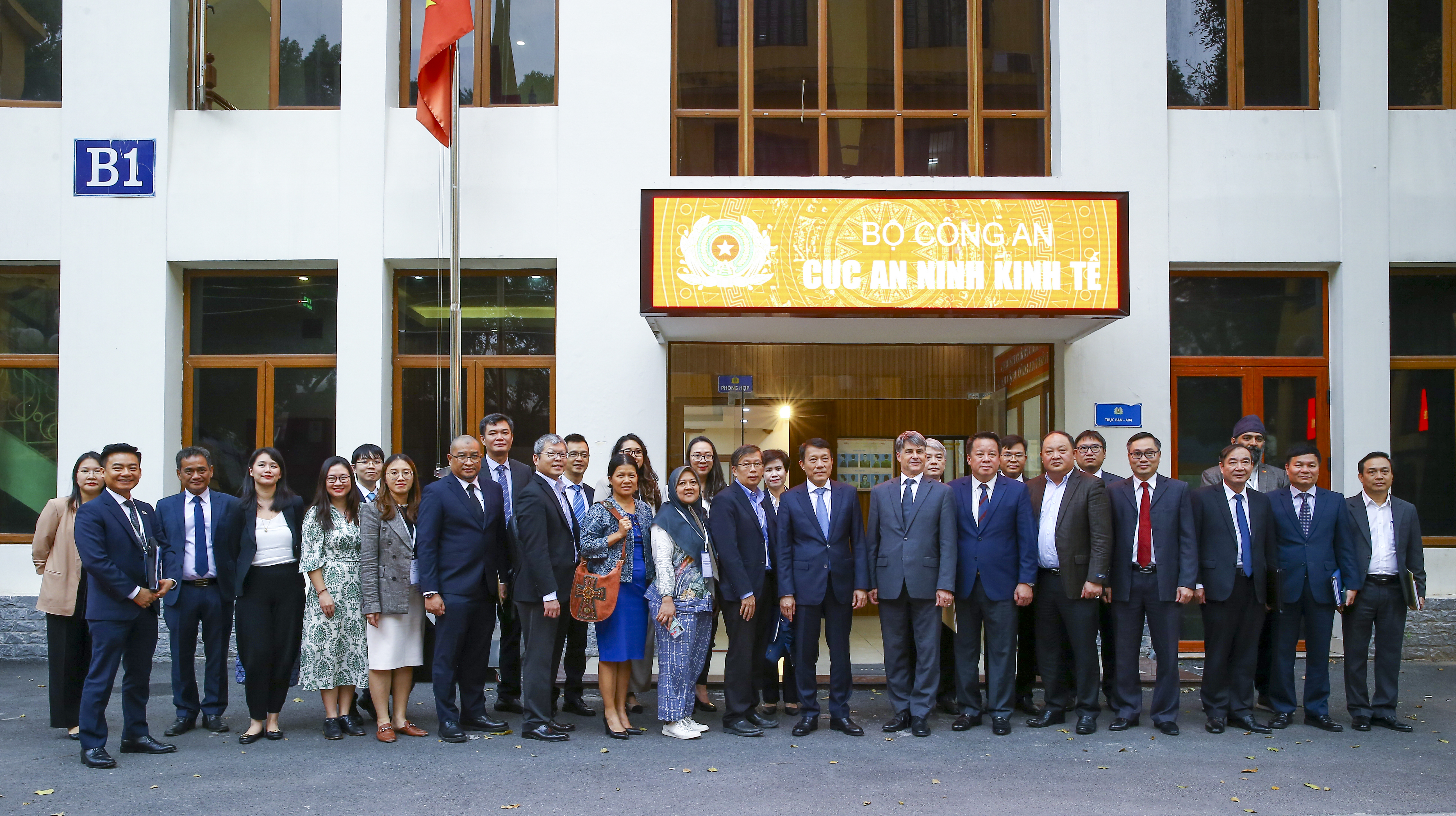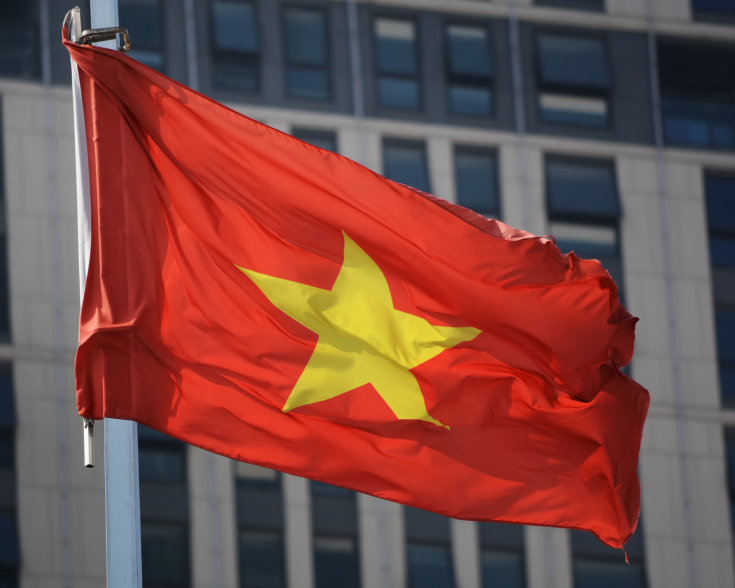Update on the Proposal to Amend Power Development Plan 8

Fifteen months after the issuance of Power Development Plan 8 (PDP8) and five months into its implementation, the Ministry of Industry and Trade (MOIT) has proposed revisions. They have asked regulatory bodies and businesses to review and provide feedback on a draft evaluating the current execution of PDP8 and the suggested adjustments.
Challenges in Power Generation: According to MOIT, the projected growth rate of commercial electricity from 2021-2025, as outlined in PDP8, is now considered unfeasible. PDP8 originally planned for 23 gas-fired power projects with a total capacity of 30,424 MW by 2030. However, as of now, only the Ô Môn I Thermal Power Plant (660 MW) has been operational since 2015, running on oil but expected to switch to gas when it becomes available. The Nhơn Trạch 3 and 4 Plants, with a combined capacity of 1,624 MW using imported LNG, are progressing towards commercial operation by May 2025. The remaining projects are still in the early investment stages, making completion by 2030 difficult unless significant issues, particularly with LNG power, are addressed.
Solar power development remains limited, with only an additional 1,500 MW expected by 2030.
For coal power, the plan aims for 30,127 MW of installed capacity by 2030, with 3,383 MW still needing to be operational by then. After 2030, no new coal projects will be developed per Vietnam’s commitments. However, five coal power projects—Công Thanh (600 MW), Nam Định I (1,200 MW), Quảng Trị (1,320 MW), Vĩnh Tân III (1,980 MW), and Sông Hậu II (2,120 MW)—are delayed due to shareholder changes and financing difficulties. Furthermore, coal power faces significant opposition from local authorities and financial institutions, reducing its feasibility.
Hydropower, with a planned capacity of 29,346 MW by 2030, also faces challenges due to limited resources and associated risks. Meanwhile, renewable energy sources are under review to ensure they are aligned with the realities of the energy market.
Urgency for Amendments: MOIT emphasized the need to adjust PDP8 due to the risk of electricity shortages. Large-scale power sources like gas and coal are struggling to meet deadlines, making it essential to expand solar projects, which have a shorter implementation timeline, to meet near-term energy needs.
The delay in power generation projects has also slowed grid infrastructure development. Plans to connect Vietnam’s electricity grid to imported power sources from abroad have yet to be included in PDP8.
MOIT stressed the need to review the progress of grid infrastructure and update it in line with the revised schedules of power generation projects. Adjustments to grid projects are necessary to keep pace with changing energy developments.

![Cover-[USABC-Final]-Driving-ASEAN-Unity-Malaysia's-Vision-for-2025](/sites/default/files/2025-07/Cover-%5BUSABC-Final%5D-Driving-ASEAN-Unity-Malaysia%27s-Vision-for-2025.jpg)





